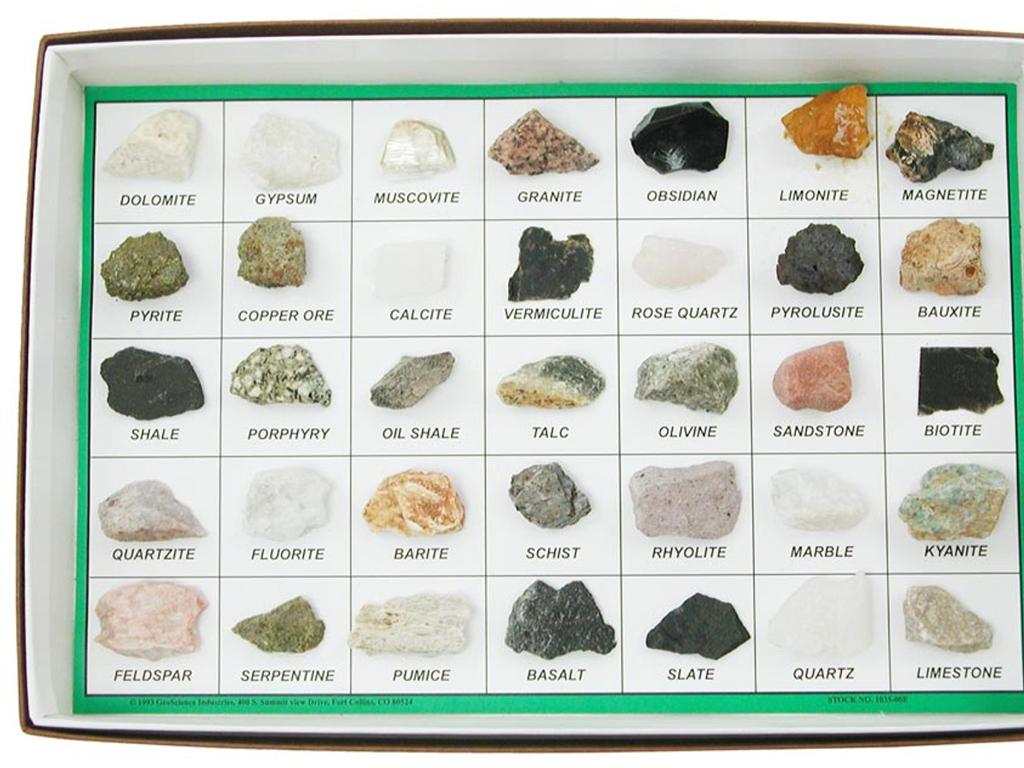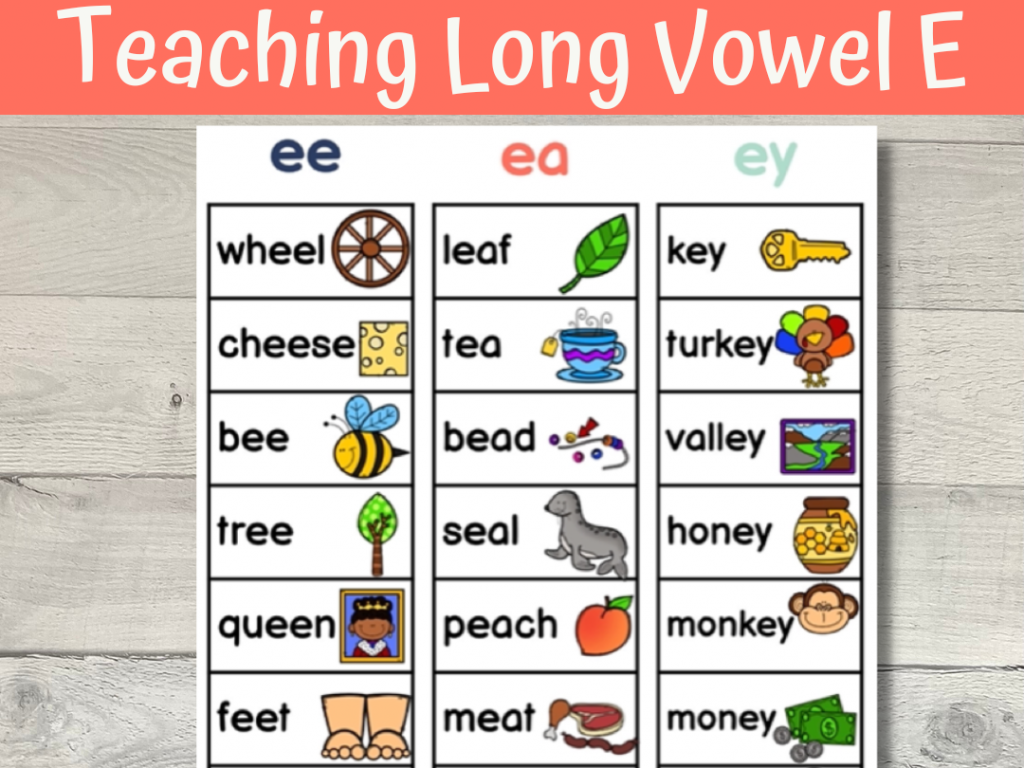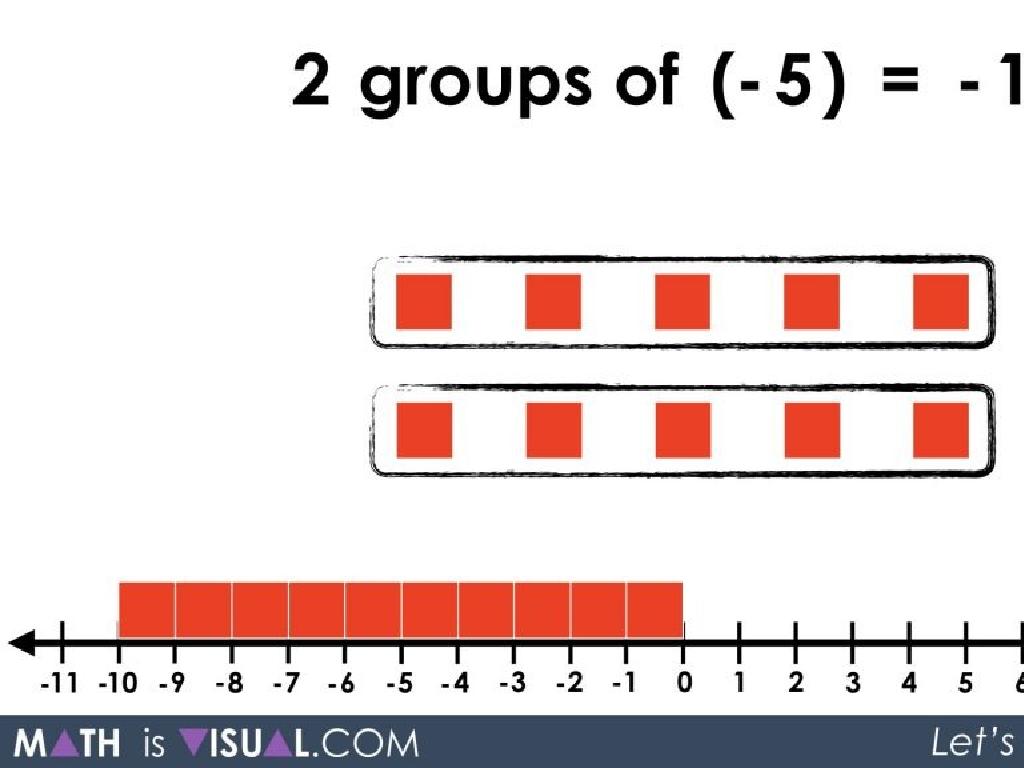Identify Faces Of Three-Dimensional Shapes
Subject: Math
Grade: First grade
Topic: Three-Dimensional Shapes
Please LOG IN to download the presentation. Access is available to registered users only.
View More Content
Welcome to 3D Shapes!
– Learn about 3D shapes today
– Understand what 3D shapes are
– Shapes that have length, width, and height
– Find 3D shapes in daily life
– Examples: Balls are spheres, boxes are cubes
– Recognize shapes’ faces
– Faces are the flat surfaces of 3D shapes
|
This slide introduces first graders to the concept of three-dimensional shapes. Begin by explaining that unlike flat shapes, 3D shapes have three dimensions: length, width, and height. Use relatable examples like a soccer ball to explain a sphere or a cereal box to explain a cube. Help students to understand that the faces of these shapes are the flat surfaces they can touch. For instance, a cube has 6 faces, which are its flat squares. Encourage students to bring in examples of 3D shapes they find at home or in the classroom for the next lesson to create a tactile learning experience.
Exploring 3D Shapes
– 3D shapes have 3 dimensions
– Length, width, and height make a shape 3D
– 2D vs 3D shapes
– 2D shapes are flat with only length and width
– 3D shapes are not flat
– 3D shapes have depth, unlike flat 2D shapes
– We can hold and move 3D shapes
– Like blocks or balls, we can pick up and play with 3D shapes
|
This slide introduces first graders to the concept of three-dimensional shapes. Start by explaining that 3D shapes have three measurements: length, width, and height, which make them different from flat 2D shapes that only have length and width. Use everyday objects like boxes (cubes) or balls (spheres) to demonstrate the difference. Emphasize that 3D shapes are not flat; they have depth, which allows us to hold them and move them around. Encourage students to think of and share examples of 3D shapes they encounter in their daily lives.
Meet the 3D Shapes
– Cube: A dice or a box
– A cube has 6 faces, all square shaped
– Sphere: A ball or an orange
– Spheres have 1 curved face all around
– Cylinder: A can or a cup
– Cylinders have 2 flat faces and 1 curved face
– Cone: A party hat or an ice cream cone
– Cones have 1 flat face in a circle and 1 curved face
|
This slide introduces first graders to basic three-dimensional shapes by associating them with familiar objects. A cube is compared to a dice or a box, highlighting its equal square faces. A sphere is likened to a ball or an orange, emphasizing its single curved surface without edges. A cylinder is related to everyday items like a can or a cup, showing its two flat ends and one curved side. Lastly, a cone is described as similar to a party hat or an ice cream cone, with one circular flat face and a pointed top with a curved surface. Teachers should use physical examples of each shape to help students identify and understand the faces of these 3D shapes. Encourage students to touch and count the faces of shapes they find in the classroom or at home.
Faces of 3D Shapes
– What are faces on 3D shapes?
Faces are flat surfaces on a 3D shape.
– Count faces on a cube
A cube is like a dice, it has 6 faces.
– A sphere’s single face
A sphere is like a ball, with one curved face.
– Let’s count faces together!
|
This slide introduces the concept of faces on three-dimensional shapes to first graders. Begin by explaining that faces are the flat surfaces that make up the sides of a 3D shape, much like a piece of paper covering a part of the shape. Use a cube, such as a dice, to illustrate that it has 6 faces. Then, show a sphere, like a ball, and explain that it has one curved face that goes all the way around. Encourage the students to touch and count the faces on various 3D shapes, either real objects or representations. This tactile activity will help solidify their understanding of the concept. Prepare a set of common 3D shapes for the activity, such as cubes, spheres, cylinders, and cones, and guide the students as they count the faces on each shape.
Finding 3D Shapes Around Us
– Search for 3D shapes in class
– Identify each shape’s faces
– Faces are the flat surfaces of 3D shapes
– Discuss face function in stability
– Faces give shapes a solid structure
– Share findings with the class
|
This slide is designed to engage first-grade students in a practical activity to identify three-dimensional shapes in their immediate environment. Encourage the students to look around the classroom and find objects that resemble 3D shapes like cubes, cylinders, and spheres. Once they find a shape, help them count and identify all the flat surfaces, which are the faces of the shape. Discuss how these faces contribute to the overall stability of the object, making it stand or stack easily. For example, a book is like a rectangular prism and can stack because of its flat faces. After the exploration, have the students share their findings with the class, reinforcing their understanding of 3D shapes and their characteristics.
Shape Hunt Activity
– Let’s go on a Shape Hunt!
– Find 3D shapes around the classroom
– Look for cubes, spheres, and cylinders
– Draw the shapes you discover
– Use your drawing skills to replicate the shapes
– Label each shape with the number of faces
– Count the flat surfaces on each shape and write the number
|
This class activity is designed to help students identify and understand the concept of faces on three-dimensional shapes. Encourage the children to explore the classroom and find real-life examples of 3D shapes such as cubes, spheres, and cylinders. Provide them with drawing materials and ask them to draw the shapes they find, paying special attention to the number of faces each shape has. Guide them to label their drawings with the correct number of faces. Possible activities include finding a tissue box as an example of a cube, a ball as a sphere, and a can as a cylinder. This hands-on activity will reinforce their ability to recognize 3D shapes in their environment and understand the concept of faces on these shapes.
Review and Share: Shape Hunt Adventure
– Share shapes from our Shape Hunt
– Count the faces on each shape
– Faces are the flat surfaces of 3D shapes
– Find a shape with more faces
– Compare shapes to see which has more
– Discuss our shape discoveries
|
This slide is meant to recap the Shape Hunt activity. Encourage students to present the three-dimensional shapes they found during the Shape Hunt. Guide them to count and discuss the number of faces on each shape, such as a cube having 6 faces or a pyramid having 4. Ask if anyone has found a shape with more faces than the ones already discussed, like a sphere which has 1 curved face. This will help them understand that not all faces have to be flat. Use this opportunity to reinforce the concept of faces on three-dimensional shapes and promote interactive learning.
Fantastic Faces of 3D Shapes!
– Congrats on learning 3D shapes!
– Faces are flat parts of 3D shapes
– Like the sides of a box or a book
– Spot 3D shapes around you
– Can you find a ball or a can?
– Keep practicing at home and school
|
This slide is meant to congratulate the students on their hard work in learning about three-dimensional shapes and their faces. Reinforce the concept that faces are the flat surfaces on a 3D shape, similar to the sides of a box or the cover of a book. Encourage them to continue observing their surroundings to spot 3D shapes, whether it’s a ball (sphere) at playtime or a can (cylinder) in the pantry. Remind them to keep practicing identifying these shapes both at home and in school to reinforce their understanding. You can suggest a mini scavenger hunt as a fun homework activity where they list the 3D shapes they find at home.






